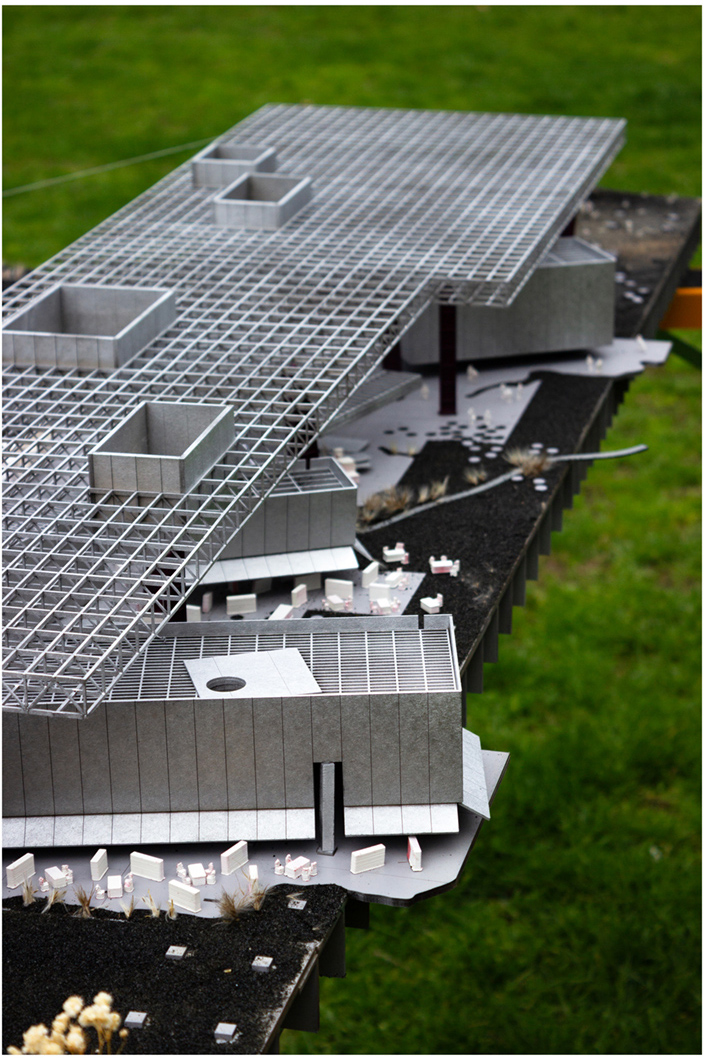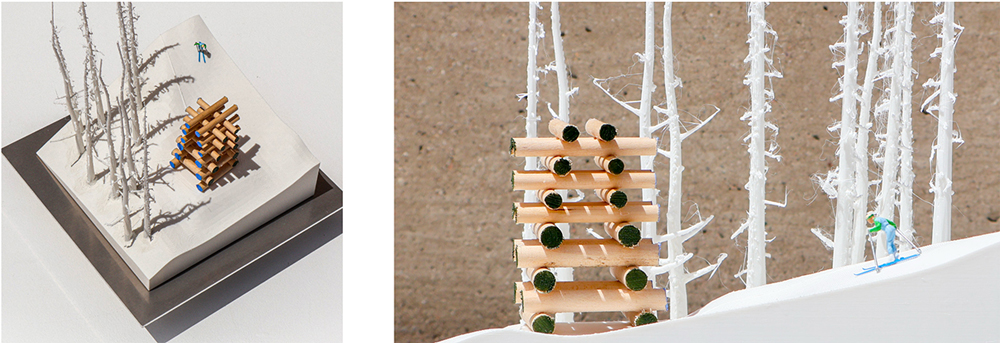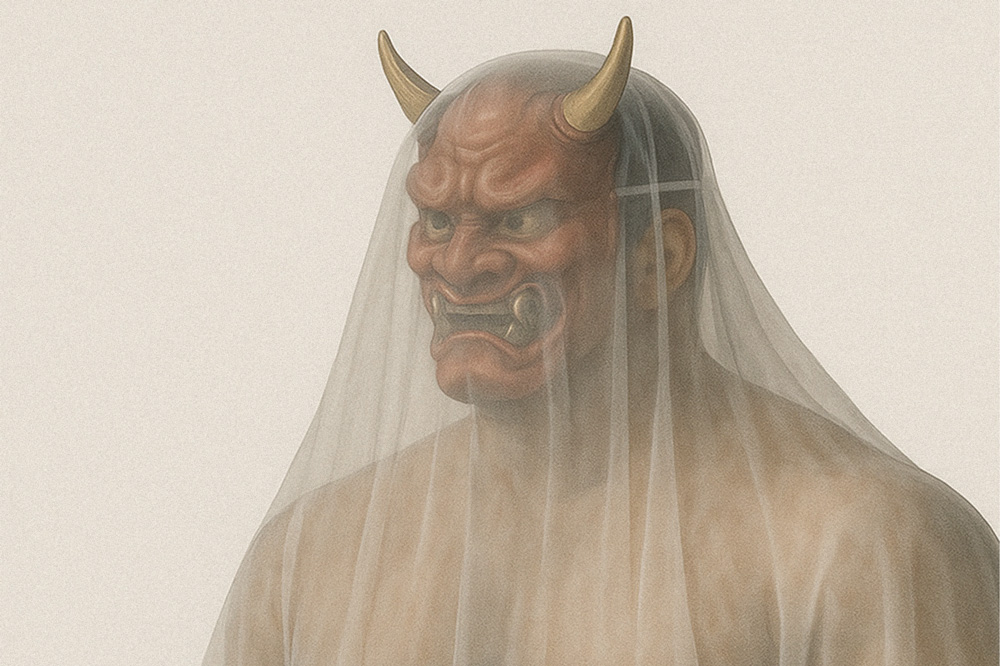Translations and Negotiations: The Roman Landscape in the Modern World
This course investigates the myriad ways ancient Roman place-making, visual culture, and thought have been evoked, utilized, and translated in North American thought, design, and visual history. At the heart of our investigation is the concept of counter histories and concepts such as agency, ownership, and power, i.e. who shapes the land and who owns the classical forms?
Topics explored include:
• Examination of how artists, thinkers, and designers from a variety of backgrounds have interpreted and adapted classical visual traditions and concepts, with case studies including figures such as Edmonia Lewis.
• Analysis of Neoclassicism in public spaces, considering questions of the ownership and presentation of the classical past, including the representation of figures such as Robert E. Lee and Marcus Aurelius in civic monuments and parks.
• Comparative study of historical agricultural labor systems, with attention to similarities and differences between contexts such as Roman and early American practices.
• Exploration of the influence of Roman landscape design and horticulture on the development of American landscapes and gardens.
• Investigation of the legacy of Roman surveying methods and land division (centuriation) in the history of mapping and land organization in the United States.
• Consideration of imperial themes and the representation of cultural difference, as reflected in Neoclassical portrayals of historical figures and groups in civic art and public spaces.
• Study of the adaptation of ancient Mediterranean and Roman visual motifs in American cemeteries, including a site visit to Mount Auburn Cemetery.
Class visits: Mount Auburn Cemetery (reached via public transportation), the Harvard Art Museum, and the Harvard Map Collection.
Essaying Architecture
The word “essay” began its life as a verb–“to ascertain the weight of a thing.” As an attitude toward writing, essays take stock of their object from multiple angles, always accounting for the author’s own subjectivity. Neither strictly “criticism” nor “research,” though they draw on both, essays are testing grounds for an author’s intellectual commitments (theoretical, political, architectural) as they refract those ideas through the work of others. We will start from the possibility that the essay genre can be a potent tool for connecting architectural ideas with political life.
This seminar–equal parts reading group and peer-feedback writing workshop–aims to discover something about essay-writing by practicing it. We will examine essays (architectural and otherwise) that offer distinct sensibilities about how we read the world around us, and we will consider current trajectories within architectural writing and publishing. After some introductory weeks that explore various histories and theories of the critical essay, our reading list will evolve collaboratively based on your topics of interest. We will undertake a series of short writing experiments together, before spending the second half of the semester developing your own essay (tailored to a real or imagined publication).
This course was previously offered as 4522. Students who took 4522 cannot take this course for credit.
Moral Leadership: Ethics in Public Life (at HKS)
This course, offered at HKS as DPI-202, examines moral leadership in the context of professional public service. It focuses on cultivating proficiency in a range of skills that together help to ground moral action. These skills include: 1) accurately perceiving the moral dimensions of situations that arise in public service, 2) adequately weighing moral tradeoffs that have to be made as part of strategic action, and 3) effectively putting into reflective equilibrium, the verdicts of the heart and those of the head. Additionally, the course promotes 4) the capacity to entertain different moral perspectives, that is, the ability to temporarily live in another person’s moral universe and see the world through their eyes. The ability to do this well is an essential component to successfully practicing the skills needed for virtuous action. The class will be largely case-based, but also introduce moral and political theory and material from adjacent fields as needed to work through the cases. We will also prominently integrate quite a number of movies, both for the sake of making the cases come alive and to conceptualize how media representation of human experience can influence how people think about challenges.
This course is offered by HKS as DPI 202.
The course will meet on Mondays and Wednesdays from 1:30-2:45 in Starr Auditorium. The review session takes place 12-1:15 on Fridays in Wexner 332.
See HKS website for information on Course Preview Days, which take place on September 2 and 3.
<p
Indigenous Philosophies for the Technological Age (at HKS)
The future of humanity depends on how we will manage to live with the technological revolutions that happen all around us. This is a good time to bring voices into the discussion that have long been excluded from impactful discussions about the future of humanity: voices of indigenous people, whose received wisdom reflects millennia of sustainable living in their respective contexts. Some of this wisdom has been worked out in distinctive indigenous philosophies, and the focus of this class is to explore some of these philosophies and assess what lessons they teach for the technological age. A focus is on indigenous authors from the U.S., but we encounter authors and perspectives from all continents. Topics we explore through the lens of indigenous philosophies include attitudes towards nature; views on technology generally; the Anthropocene; traditional ecological knowledge; artificial intelligence; genome-editing; geo-engineering; human rights; and the meaning of life. Engaging with indigenous perspectives on these matters is likely to have a transformative effect on how one approaches the big questions of the 21st century.
This course is offered by HKS as DPI 210.
It will meet in Littauer 280 on Mon/Wed from 10:30-11:45 and the review will take place on Wed 3-4:15 in Wexner 436.
See information on HKS Course Preview Days, which take place on September 2 and 3.
Note that this course follows the HKS academic calendar, which has an irregular start of term with Friday, September 5th held as a Monday. The first class meeting will be on Friday, September 5th. It will meet regularly thereafter.
Visualizing the Invisible: Drawing Attention to Temporal Patterns in Landscape Dynamics
Just as AI’s structure-forming transformer mechanism reshapes the landscape of language by modelling patterns of ‘attention’ across sequences, designers reshape the physical, atmospheric, and cultural terrains we inhabit, revealing that all meaning, whether linguistic or spatial, emerges from how elements relate to one another across time and space. This course explores how to make visible the temporal rhythms and spatial gradients that shape our physical and cultural landscapes using image sensors (image + film), AI-assisted abduction, and drawing to extend human perception, creating new forms of spatial awareness and design agency.
Issue
All forms have an ‘architecture’ that is an arrangement of material in space over time, determining their shape and behavior in a continual becoming. It is a palimpsest of conditional processes and properties, one that is flexible, adaptable, and displays a self-organizing dynamism emerging from the relationship between visible materials and the modulation of invisible gradients, flows, and forces. The resultant dynamic composition describes the forces that have shaped them, in which form translates the material registration of force as ‘a network of enveloped material processes’ as a complex temporal and material manifold of differential space.
Approach
Human perception operates within specific temporal frequency bands, missing both rapid fluctuations and slow environmental changes. By time-shifting data – compressing imperceptible slow processes and expanding fleeting events – we can remap environmental signals into perceptible windows, creating salience landscapes that reveal otherwise hidden patterns in any environmental system.
Drawing ‘attention’ to parallel events occurring across multiple temporal scales acts as both a sensorium and a scaffold that expands the potential of what we pay ‘attention’ to, how different scales of time interact with one another, and possibilities as to how we respond to them.
Spatial data (image & film) will be resampled to highlight emergent flows, feedback loops, and constraints. Students will learn to derive salience heatmaps from these transformed signals, grounding observations in real phenomena and honing pattern recognition skills, developing new forms of environmental literacy and design agency. The work explores how a reconceptualization of time and space can inform responsive and responsible approaches to the built environment that engage material and temporal dimensions through sensed and simulated landscapes.
The course is supported by the Carpenter Centre for the Visual Arts. A weekly schedule of films will explore cinematic approaches to time and space, and a discussion with Godfrey Reggio, director of Koyaanisqatsi.
Outcomes
The class will address a range of questions, including: What are new ways of understanding and describing space in relationship to time(s)? How might this approach challenge and generate new conceptualizations of ‘site’? How might this work reframe new spatial environments not prioritized as extensions of humans, but as new configurations that re-value non-human agents? How might this generate new forms of engagement in response to issues of climate change? What conceptual shifts might this propagate, and how might this approach shape new forms of design practice?
Important note regarding the schedule:
Film screenings take place at the Carpenter Center on Tuesdays from 12-2:45. Students are strongly encouraged to attend screenings in person. Students with course schedule conflicts at this time will be permitted to view films outside of these hours. Schedule conflicts are not allowed for the 9-11:45 course period. Please contact the instructor for more information.
Note regarding the Fall 2025 GSD academic calendar: The first day of classes, Tuesday, September 2nd, is held as a MONDAY schedule at the GSD. This course will meet for the first time on Tuesday, September 9th.
Form Follows Forest
Kei Takanami (MArch I ’25)
Form Follows Forest explores architecture’s potential to re-engage with the timber industry—from upstream extraction and processing to assembly and construction. Rather than treating wood as a passive commodity, the thesis investigates ways of integrating small-diameter, irregular, and underutilized timber into building systems—aligning architectural assemblies with the conditions of the living forest.
Japan’s forests were once diverse in conifers and broadleaf species, managed through ecological rhythms and small-scale labor. Yet, these landscapes have since been reshaped by postwar industrialization, shifting energy demands, and the globalization of timber markets. Today, monoculture planted forests of aging cedar and cypress dominate the landscape, leaving forests underutilized and ecologically fragile. Meanwhile, contemporary architecture has grown increasingly disconnected from its material origins, favoring standardized construction that disregards the irregularity and potential of local wood.
The thesis adopts a design method based on larger tolerance and clearance zones assigning maximum zones of interference and parameter ranges to irregular members. Enclosures and auxiliary elements work around these zones, using techniques of infill and scaffold, while clearing structural walls from interference proximities.
Two speculative buildings, in Hanno and Shinkiba, demonstrate this approach at different points in the timber material flow. By reengaging thinned, knotted, and twisted wood, the project challenges conventional notions of material efficiency, standardization, and tolerance. Together, these proposals demonstrate how architecture can respond to the evolving conditions of the forest, linking material source and built form.
The Only Way Out is Through: Architecture, Building and Our Entangled Present in Gary, Indiana
Connor Daniel Gravelle (MArch II ’25)
Architecture frequently operates in abstraction. From drawings to models, our discipline functions mostly through intermediating media. Buildings, however, are innately material. Buildings bind architecture to the world, entangling it in issues of material, labor, and ecology with which it has historically been ill-equipped to contend.
This thesis explores Gary, Indiana—a place defined by the afterlife of such occlusions. Responsible for the steel that made not only Chicago but the nation, Gary was created in the image of industrial modernity, but the relations that sustained its prosperity no longer hold water. Changes in the American economy and the stagnation of the domestic steel industry leave Gary in a state of precarity familiar throughout the Rust Belt.
This project imagines a (not entirely unfathomable) bankruptcy of US Steel in the near future, unfurling the social and ecological processes that could be undertaken to remediate its sprawling facility in Gary. The thesis unfolds through a series of studies into the histories, construction techniques, and material qualities enmeshing architecture and steel, envisioning a reorganization of the equipment and skilled labor left in the wake of US Steel’s insolvency to construct, operate, and eventually repurpose a facility for dismantling, recasting, and reusing Gary’s centerpiece factory in an act of civic and environmental remediation. US Steel’s plant, after all, is itself made of steel, and steel is infinitely recyclable.
If architecture is as much recasting of iron ore into steel as it is the recasting of relations between people and land, what agency do buildings have to rewire how we relate to our entangled present?
Laptis
Kevin Hu (MDE ’25)
Today, over 47 million Americans struggle with substance use disorder, and hundreds die from overdose each day. To find care, treatment seekers must wade through archaic systems that are fragmented, opaque, and time consuming to navigate. This lack of access and coordination drives hundreds of billions in unnecessary costs and means less than 10 percent of people with addiction actually receive care.
At Laptis, our mission is to streamline access to trusted substance use treatment. We are building an AI-enabled, data-intelligent referral highway to connect the dots between those looking for addiction treatment and those who can provide it. Our technology bridges patients, providers, and health systems—ensuring that individuals in crisis are met with clarity, speed, and trusted care pathways. Laptis is now live in multiple hospitals and treatment centers across Massachusetts, having connected over 300 people to care.
After Snow: The Case for an Alpine Public
Cory Robinson Page (MLA I/MUP ’25)
In the not-so-distant future, winter as we know it may cease to exist. In an era of climate transition, alpine skiing demands reexamination: What happens after snow? This thesis envisions the ski resort as a public terrain for contested remediation rather than a privatized, extractive enclave. Focusing on the Telluride Ski Resort in Colorado, the project examines the mountain as a designed landscape—clear-cut, regraded, and reshaped. It also traces the industry’s corporate consolidation and shift from natural to artificial snow.
Skiing has long been romanticized as an escape to a pristine natural world. But resorts like Telluride are highly engineered—shaped through landforming and technical infrastructures to construct the illusion of permanence. Telluride has taken drastic measures to sustain this illusion in a warming world, expanding its snowmaking network and turning water into frozen infrastructure.
Working through three spatial strategies—Foil, Filter, and Frame—“After Snow” reimagines the alpine slope. Foil reclaims forest remnants by constructing cairns from dead trees to mark and expand public access; Filter retools snowmaking systems to disperse native seeds and reshapes terrain to support ecological succession; and Frame defines new spatial thresholds within existing ski runs.
Across alpine regions—from the Alps to the Rockies—the snowy landscapes that define skiing are unraveling: melting and simultaneously reengineered to simulate what no longer naturally falls. Rather than project skiing’s end, “After Snow” proposes a designed transition—tying the sport’s long-term survival to the creation of an alpine public.
VEILED VISIBILITY: SPATIAL MEMORY AND QUEER IDENTITY IN SHINJUKU NI-CHōME
Mike Kaneshiro Chou (MUP/MPH ’25)
Winner of the 2025 Thesis Prize in Urban Planning, Mike Kaneshiro Chou (MUP/MPH ’25) examines Tokyo’s Shinjuku Ni-Chōme as a “Queersphere”—a paradoxical space of visibility and discretion, resilience and vulnerability. Through ethnographic fieldwork, spatial analysis, and archival research, the thesis explores how queer communities actively shape urban life, challenging planners to rethink inclusivity, heritage, and belonging.
In a moment of rising anti-LGBTQ+ legislation globally, Kaneshiro’s work underscores the urgency of defending queer spaces—not only as physical enclaves but as acts of memory, care, and imagination. Centering Ni-Chōme as a living archive of resistance, the thesis calls for a planning practice grounded in cultural specificity, spatial justice, and queer futurity.




